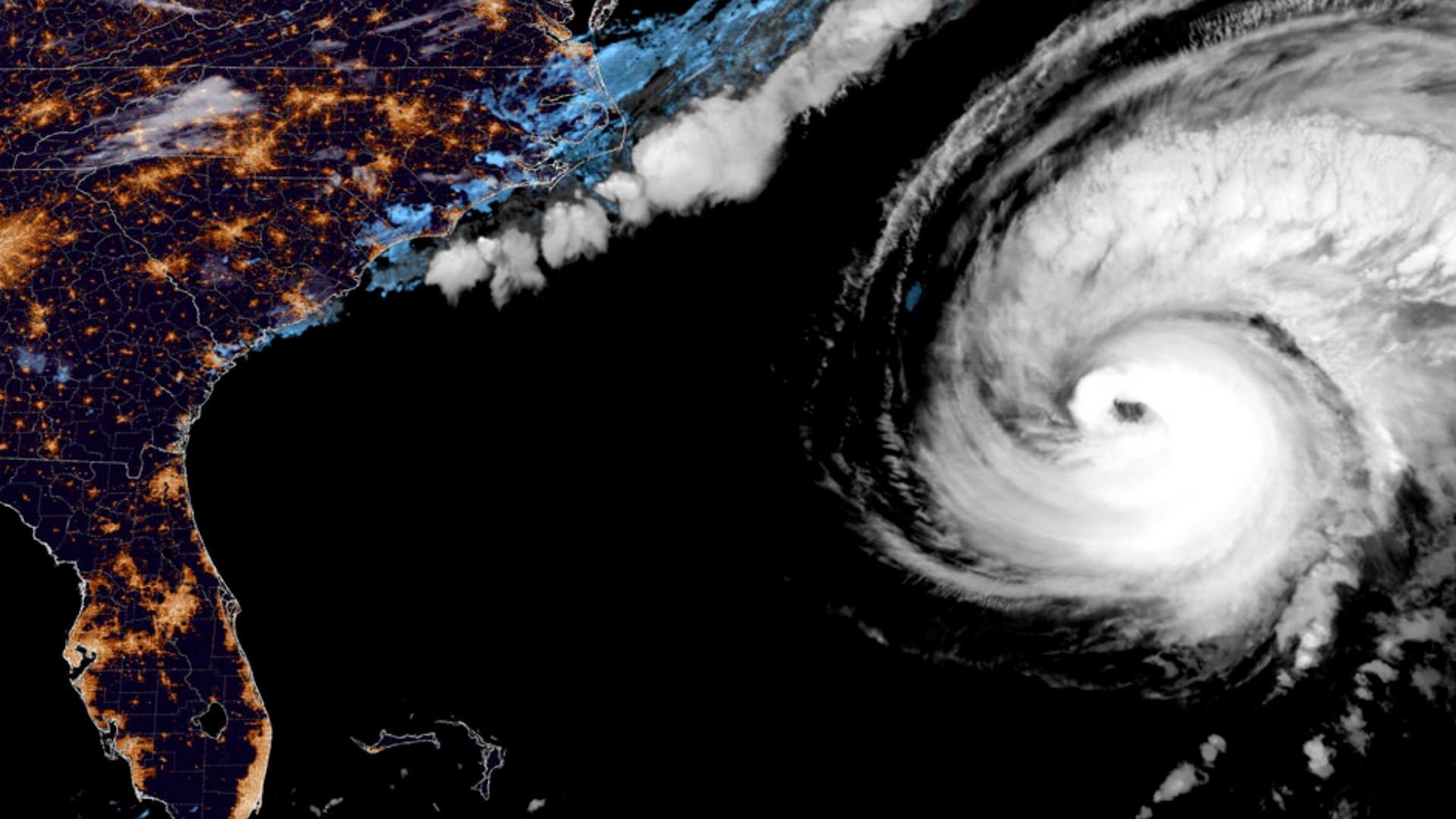WASHINGTON — Hurricane Fiona brought waves of at least 50 feet with it as it made its way toward Bermuda and Canada this week.
An unmanned sailboat in the Atlantic Ocean captured video from directly inside the storm, showing giant waves crashing as the Category 4 hurricane made its way overhead.
The boat, developed by Saildrone Inc., is specifically designed to report on the severe weather caused by a hurricane. The company worked with the National Oceanic and Atmospheric Administration — the U.S. agency in charge of tracking hurricanes — to develop seven specialized "saildrones" that have been operating in the Atlantic and the Gulf of Mexico during the 2022 hurricane season.
The Saildrone Explorer SD 1078, which captured the video on Thursday, was specifically directed to sail into the hurricane, where it recorded 50-foot waves and 100 mph winds.
The video was recorded just before Fiona made landfall in Bermuda. The saildrone, programmed to move just faster than 9 mph, reached a peak speed of 39.7 mph while surfing down one of the massive waves, according to the company's press release.
Although it's the first time video of this kind has been released from inside Fiona, the storm actually passed over three other saildrones on its path across the Atlantic.
The video can be seen here:
The drones are designed to gather and transmit data about oceanic conditions to climate scientists and meteorologists back on shore. As such, they are often sent into the path of storms and tropical developments to monitor them.
“The data Saildrone vehicles are gathering will help the science community better understand rapid intensification, giving people living in our coastal communities more time to prepare," said Richard Jenkins, the founder and CEO of Saildrone, in a statement.
The drones are part of a larger effort by NOAA to understand why storms rapidly intensify, and why hurricane seasons are becoming more destructive. That effort includes underwater gliders, drifters skimming the surface and aerial craft above.
“These exciting emerging technologies provide NOAA with another valuable tool that can collect data in places we can’t get to with other observing systems," said Capt. Philip Hall, director of NOAA’s Uncrewed Systems Operations Center, which is providing funding for the Saildrone effort.
While the season has largely been quiet for the eastern seaboard, Fiona has brought Cat 3 and Cat 4-level devastation to several islands in the Caribbean, including the Dominican Republic and Puerto Rico. It was the first Cat 4 storm to form in the Atlantic this season.
By Friday, it is expected to pass up the U.S. East Coast to hit the Canadian province of Nova Scotia as a Cat 3 storm.

